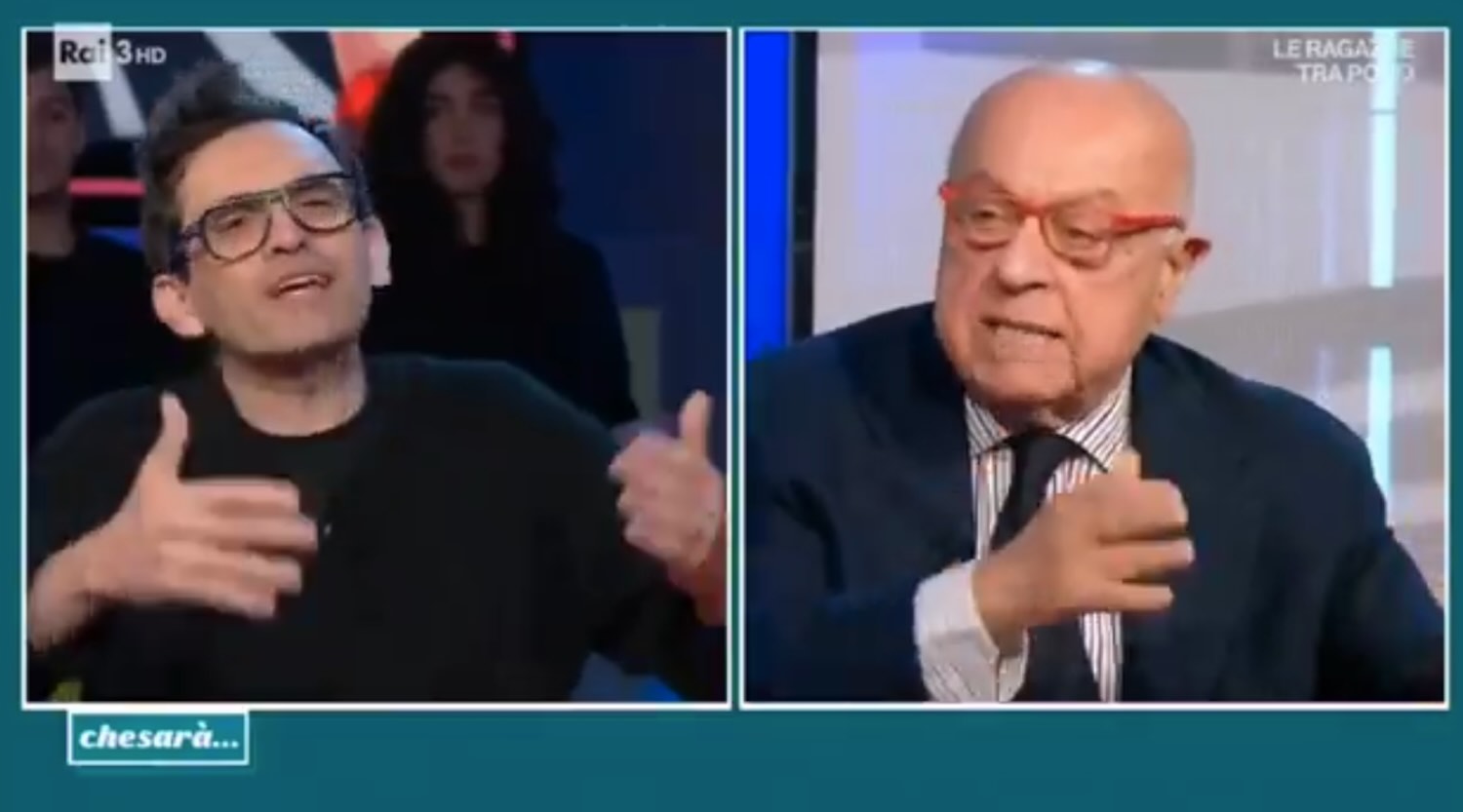The Ministry of Culture, under the leadership of Gennaro Sangiuliano, has made public the plan for the distribution of contributions intended for cultural organizations and institutes that have fulfilled the conditions to obtain financial support from the State. The total amount provided for in this year's budget law amounts to 30,290,674 euros, down compared to the previous year, when it reached 31,884,920 euros, with a difference of 1,594,246 euros. The number of beneficiary institutions has, however, increased: from 210 over the previous three years, under the leadership of Dario Franceschini, to the 232 selected this year. Having received the table, the competent parliamentary committees and the technical-scientific commission of libraries and cultural institutes of the Ministry of Culture expressed a favorable opinion. However, between the lines it appears that the latter – composed of professors Madel Crasta, Marcello Andria, Edoardo Roberto Barbieri, Mariangela Bruno – had a bitter taste.
Requirements
To be eligible for state contributions from the department, entities must meet various requirements. These include the promotion of research and cultural development activities on the basis of a three-year program, as well as the provision of services related to research activity and documentary heritage. They must also organize exhibitions, seminars and study groups. The selected entities are also required to promote their bibliographic, archival, museum, cinematographic, musical and audiovisual cultural heritage, by making it permanently accessible to the public. Finally, they must carry out editorial activities and we must have adequate headquarters and equipment to achieve the cultural objectives.
The cauldron that doesn't like the Technical-Scientific Committee
Among the technical commission's considerations, its concerns about the choice of “a substantial introduction of heterogeneous subjects: banking, theatrical and museum foundations” stand out. Among the new names, we can cite for example the Foundation for Art and Culture 1563 of the Compagnia di San Paolo of Turin, one of the best-known and oldest foundations of banking origin. The presence of important names, such as the FAI, the Italian Environmental Fund, is also intriguing. But even organizations like the Biogem Foundation, which comes from places like Ariano Irpino, a small village in the province of Avellino with just over 20,000 inhabitants, do not go unnoticed. A heterogeneous mix of institutions which, according to the Committee, risks having a “dispersive effect, with the real risk of making the entire contribution less and less impactful for the beneficiaries”. Furthermore, they wish to emphasize that the grid of criteria for evaluating establishments has been refined over time based on historical knowledge of certain types of institutions. “Extending it to situations of a different nature – explains the Technical Scientific Committee – could present difficulties of application”. Despite doubts and fears, the Committee expressed a favorable opinion, but hoped that in the future “we would rethink the types of institutes admitted”.

